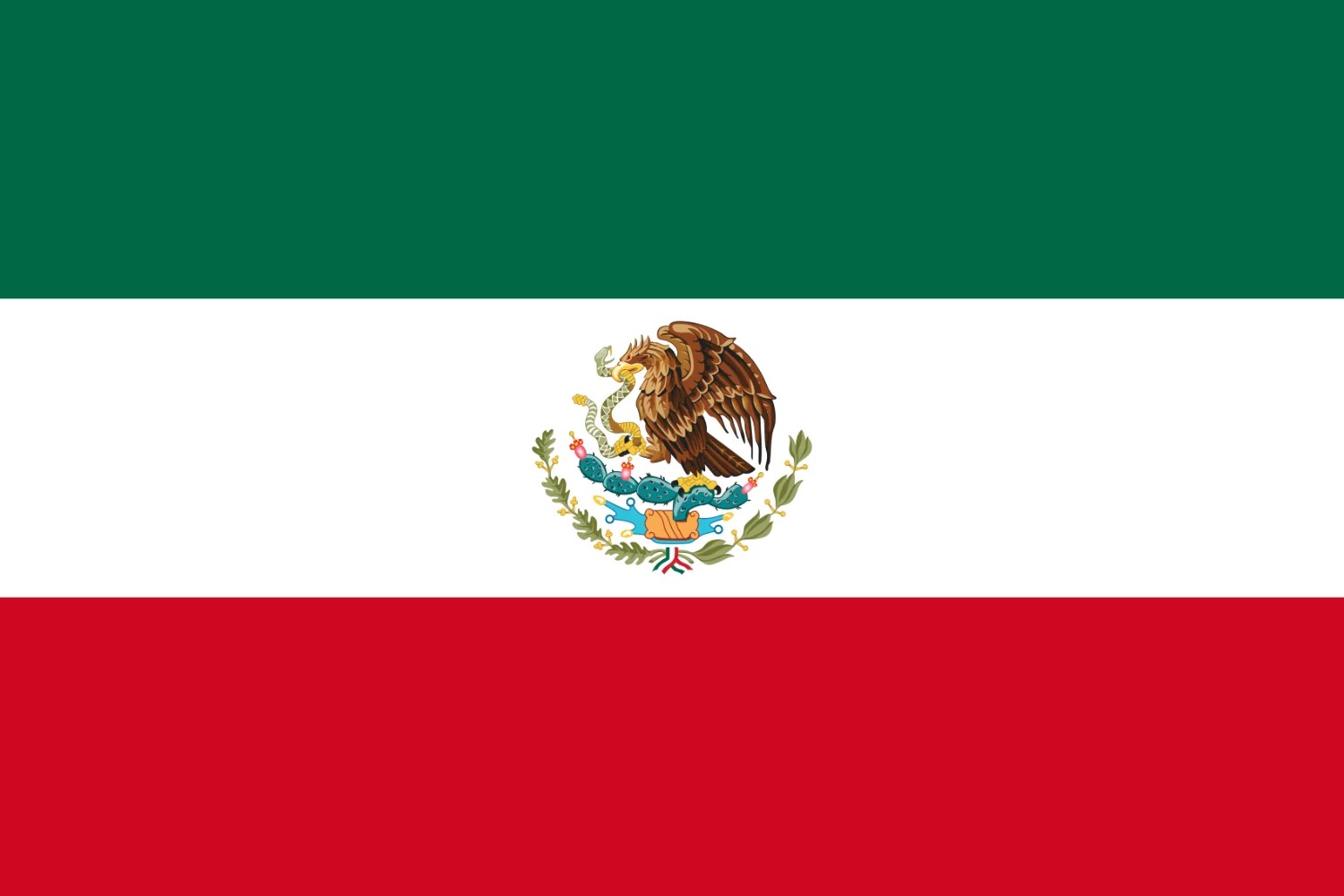Mysteries Of The Mexican Flag

Have you ever wondered about the story behind the Mexican flag? This vibrant symbol holds deep meaning and history. The flag features three vertical stripes in green, white, and red. Each color represents something unique: green stands for hope, white symbolizes purity, and red honors the blood of those who fought for Mexico's independence. In the center, an eagle perched on a cactus, devouring a snake, tells an ancient Aztec legend. This powerful image connects the past with the present, reminding Mexicans of their rich heritage. Let's dive into the fascinating details that make the Mexican flag so special.
Mysteries of the Mexican Flag
The Mexican flag is more than just a piece of cloth. It tells a story rich in history, culture, and symbolism. Let's unravel the mysteries behind this iconic emblem.
The Colors of the Mexican Flag
The flag's colors are not random. Each one holds a deep meaning that reflects the country's values and history.
- Green: Represents hope and prosperity. It symbolizes the lush landscapes and the promise of a bright future.
- White: Stands for purity and peace. It signifies the unity and harmony among the people.
- Red: Honors the blood of national heroes. It reminds everyone of the sacrifices made for independence and freedom.
The Symbol in the Center
The centerpiece of the Mexican flag is a powerful image that tells a legendary tale.
- Eagle and Serpent: This image comes from an ancient Aztec legend. The gods told the Aztecs to build their city where they saw an eagle perched on a cactus, eating a serpent. This vision led them to found Tenochtitlán, now Mexico City.
- Cactus: Represents the land where the Aztecs settled. It shows the resilience and strength of the people.
- Rock: Symbolizes the foundation and stability of the nation. It reminds everyone of the solid ground on which the country stands.
Historical Changes of the Flag
The Mexican flag has evolved over time, reflecting the country's changing identity and history.
- First Flag (1821): The original flag had the same colors but different symbols. It featured a crowned eagle, representing the First Mexican Empire.
- Second Flag (1823): After the fall of the empire, the crown was removed. The eagle now held a serpent, symbolizing the new republic.
- Modern Flag (1968): The current design was officially adopted in 1968. It includes the eagle, serpent, cactus, and rock, surrounded by a wreath of oak and laurel leaves.
Celebrations and Traditions
The Mexican flag plays a central role in many national celebrations and traditions.
- Flag Day (February 24): A day dedicated to honoring the flag. Schools and government offices hold ceremonies to celebrate its significance.
- Independence Day (September 16): The flag is prominently displayed during parades and festivities. It serves as a symbol of national pride and unity.
- Military Parades: The flag is carried by soldiers in parades, showcasing the strength and bravery of the armed forces.
The Flag in Popular Culture
The Mexican flag has also made its mark in popular culture, appearing in various forms of media and art.
- Movies and TV Shows: The flag often appears in films and television series, symbolizing Mexican identity and pride.
- Music and Literature: Many songs and books reference the flag, celebrating its importance in Mexican culture.
- Sports Events: The flag is waved by fans at international sports events, showing support for Mexican athletes and teams.
The Mexican flag is a powerful symbol that embodies the nation's history, culture, and values. Each element tells a story, making it a source of pride for all Mexicans.
The Mexican Flag's Rich Symbolism
The Mexican flag is more than just a piece of cloth. Its colors and symbols tell a story of struggle, independence, and pride. The green stands for hope and prosperity, the white symbolizes purity and faith, and the red represents the blood of those who fought for freedom. At the center, the eagle devouring a serpent on a cactus is a nod to an Aztec legend, showing the deep cultural roots of the nation. Understanding these elements gives a deeper appreciation for Mexico's history and identity. Next time you see the Mexican flag, remember the stories and values it represents. This flag is a powerful symbol of a nation's journey and its people's spirit.

